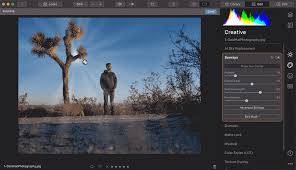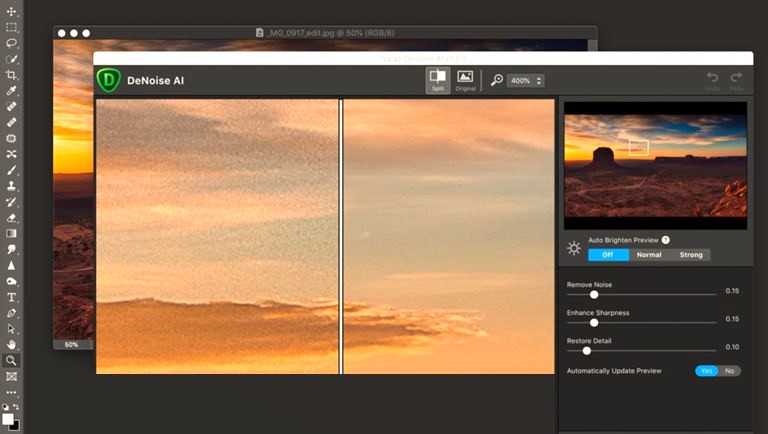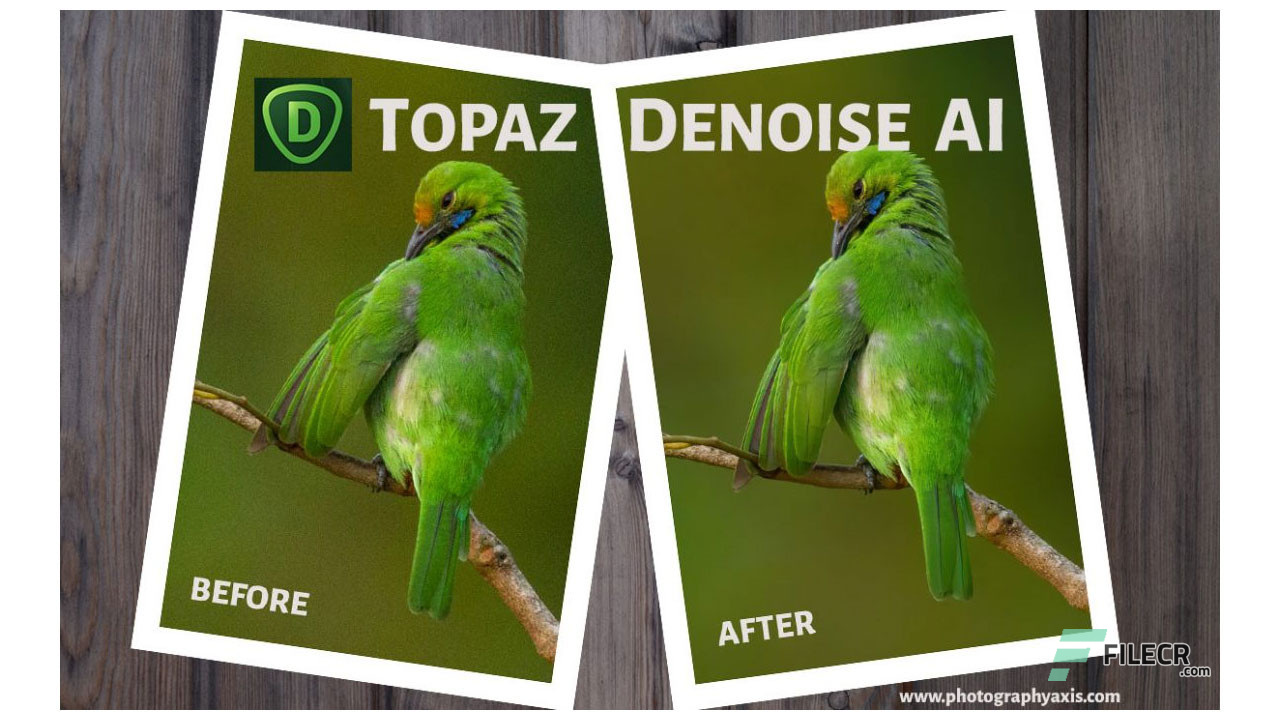
The ‘Masking’ button might leave you more puzzled, but it is what you think it is.
TOPAZ DENOISE AI UPDATE FULL
The ‘Original’ button will show your unprocessed image in the preview window, ‘View’ allows you to toggle between a before/after split style preview window or a full version. When you look at the top of the ‘Denoise AI’ interface, you’ll notice a tab with Masking, Original, View and Brighten. If beyond that, you want to add more sharpness to your image, use the ‘sharpness’ slider.

If you see any apparent reduction, dial it back in with the ‘recover detail’ slider. Then toggle between the before and the process preview. The best procedure is to first dial in your noise reduction. You’ll also find a ‘sharpen’ slider and a ‘recover detail’ slider. Special care has been given so it does not eat stars in your starscapes.įor more ‘normal’ types of colour noise, the ‘Color Noise Reduction’ slider is more than enough. In Topaz Denoise, there is a special mode for images like this called low-light mode. If you’re dealing with a nighttime image like a stars cape or aurora borealis, you’ll often see a lot of colour noise. Chroma noise is most visible in underexposed or shadow parts of your image. You can recognise it by the distinct colour specks appearing across your photo. When you use the ‘remove noise’ slider in Topaz Denoise, you’re in fact removing this luminance noiseĬhromatic noise is also called Colour Noise.
TOPAZ DENOISE AI UPDATE ISO
Different size sensors will have luminance noise with unique characteristics, and larger megapixel sensors show luminance more quickly at higher ISO settings. This noise is an artefact of over- or underexposed pixels. You can also notice it and as a lighter grain in the shadows. Luminance noise is a colourless noise that shows up as a darker grain in the highlights of your image. It’s sometimes even nice to add some noise to an image to get a more grainy, film like structure. It’s now an excellent time to talk about the different types of noise. It’s also possible to tweak the results from Artificial Intelligence by moving the sliders.


This setting pushes the Machine Learning into gear and works very well. ‘Denoise AI’ is the latest model and also offers a fully automatic mode by enabling ‘Auto Detect settings’. I often like the result from this ‘older’ model too, it mainly depends on the source file and what it needs. ‘AI Clear’ was developed some years ago and also offers automatic noise reduction and sharpening. ‘Denoise AI’ provides more functionality in fine-tuning the noise reduction, while ‘AI Clear’ provides a quicker fix. You can choose between the new ‘Denoise AI’ noise reduction model or the older ‘AI Clear’ model here. You then simple need to press the preview on the left of the image in order for the preview to update. So if you find that annoying, turn it off here.
TOPAZ DENOISE AI UPDATE UPDATE
Depending on how powerful your computer is, this update can take a long time. This will continuously update the preview image.

In the processing settings window, the first thing you should notice is the ‘Auto-Update preview’ checkbox. The Photoshop plug-in works as usual, where you go into ‘filter’, find ‘topaz labs’ and select ‘Denoise AI’. Or you can also go through them and tweak the settings one by one. You can select several images inside the application and make adjustments that will apply to all of those images selected. In the standalone version, you can either import a single image or multiple image via the import tab or plainly by dragging and dropping them on the application. Let’s have a look at the Topaz ‘Denoise AI’ interface and use this to gain a better understanding of what this application does and how it works. Eventually it learns what noise is and which type, so it can precisely target these areas with the correct noise reduction. It’s told to learn what the differences are between them. But as a quick reminder: they show a computer model thousands of images, some with noise and some without. I’ve already explained in my other posts how these artificial intelligence or machine learning products come about.


 0 kommentar(er)
0 kommentar(er)
